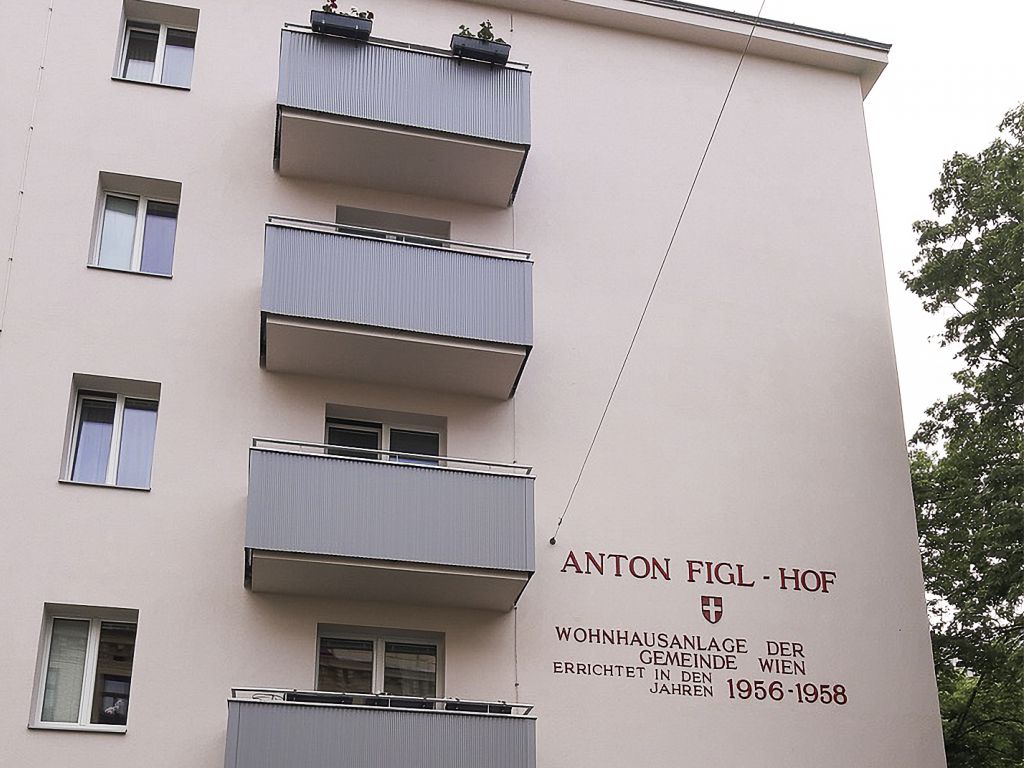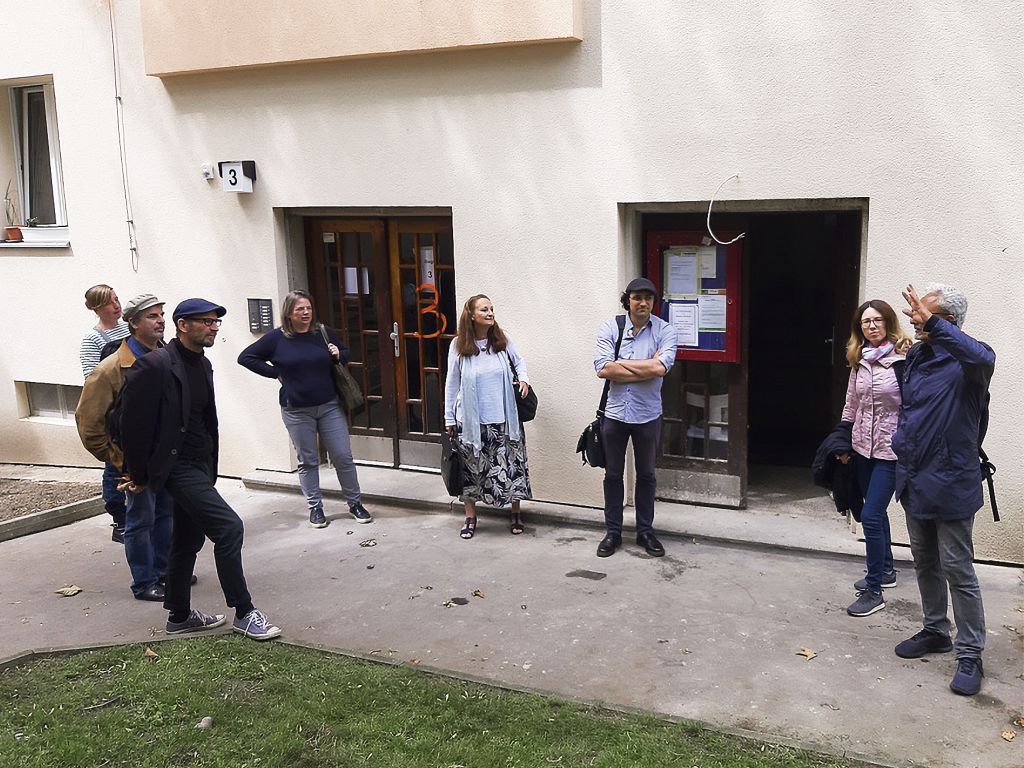An Example of Community Outreach in Ethnomusicology
“Ethnomusicology as a discipline has evolved around assertions of the inseparable interconnections between musical sounds and the societies and communities that give rise to them” (Cottrell/Impey 2018:1). Thus goes Stephen Cottrell and Angela Impey’s description of ethnomusicology. It follows that “community” is a central idea in our discipline that has been an area of interest from the very beginning. And for around 20 years, now, we’ve used the terms “applied” or “engaged ethnomusicology” to also imply “outreach”. It has hence long been a central point in ethnomusicology (rather than being a recent development, like in other disciplines) to ensure that research has a reciprocal impact on society—an impact that, in turn, flows once again into research findings. This is owed to the orientation of our discipline as such. Because ethnomusicology deals with music in a social context, it’s logical for it to feature close ties with those who make or listen to music. We refer to these people from whom we learn, people who share their time and creativity with us when we conduct field research, as our research partners. This field research process also has a lot to do with mutual trust, a fact that leads to the formation of relationships on the interpersonal level. Bruno Nettl (1930–2020), one of our discipline’s true giants, described ethnomusicology in 2005 as follows: “…ethnomusicology is the study of music in culture, … the study of the world’s musics from a comparative and relativistic point of view, … study with the use of fieldwork—for the benefit of the people from whom we learn…” (Nettl 2005:12–13). He thus stresses that the research being done should benefit its partners, which would in turn suggest an implied call for “engaged ethnomusicology”.

Ethnomusicological research at the mdw’s Music and Minorities Research Center (MMRC) adheres to this fundamental principle. Alongside a diverse range of other activities, the MMRC is currently playing host to three independent research projects—two concerning Syrian refugees (see musicandminorities.org) and one that engages with a Viennese public housing complex (Anton-Figl-Hof in Vienna’s 14th district) and is called “Klingender Gemeindebau” [The Sound of Public Housing]. The principal question addressed by this research is: What role does music play in residents’ lives at a municipal housing complex in Vienna? One aspect of this approach that is unusual (even for ethnomusicology) is that the “object of investigation” is neither a group of people who share common origins or cultural practices nor a cohort of specific artistically active individuals. Instead, this study looks at a housing complex and interprets it as a community.
Municipal housing complexes are characterised by the presence of a broad diversity of languages, origins, age groups, and interests among their residents. This diversity can be a source of conflict when contradictory needs collide, but it above all represents a significant resource in terms of enriching encounters and experiences. The impetus for this research was provided by the organisation “wohnpartner” [residential partner], which perceived a need to make more thorough use of music’s potential in its work to promote successful community activities. wohnpartner is a subsidiary of Wohnservice Wien [Housing Service Vienna] and pursues various activities that aim to support good neighbourly relations in municipal housing. These include activities of a cultural nature, especially at the so-called “Kulturlabor” [Culture Lab]: “The objective of wohnpartner’s ‘Kulturlabor Gemeindebau’ [Municipal Housing Culture Lab] is to build up a cultural network in Vienna’s municipal housing complexes. In the process, the intent is to build bridges between people of different ages, origins, and lifeworlds.” (See wohnpartner-wien.at) Those responsible had identified a need to catch up in terms of music, but it was unclear to them how they should approach doing so—which led them to take this matter to the MMRC. Ethnomusicology does indeed offer appropriate ways forward in such a case, above all in its research approach—which would seem to make good sense, here—of starting with field research to identify the music with which residents identify in order to adapt subsequent cultural work accordingly.

The project design was developed in a collaborative manner that included involvement by the Phonogrammarchiv of the Austrian Academy of Sciences. A point of interest in this research project is finding out what kinds of different musics are made and listened to by the residents—both in public and in their own apartments—and what role music plays in their daily lives and coexistence together. A survey in this regard will be conducted between early 2021 and early 2022 by project team member Jasemin Khaleli. Building on this will be work together with the residents to develop formats that will enable the research findings to directly benefit them in a second project phase. In other words, our research partners are to participate in determining how our research findings are ultimately applied. Conduct of the practical phase will be led by wohnpartner.
The involvement of the community in this project is hence twofold: the housing complex residents will participate in the interview-based research process as our dialogue partners, and the project’s practical phase will be oriented on the content and observations that these conversations bring forth. The research being done here is thus designed as a dialogue that will ultimately have its effect on location. At this point in time, with our research just beginning, we cannot yet predict where the journey will take us. We have our equipment—methods, experiences, theories, technologies—packed along, and we have a primary objective in mind, but the ultimate results nonetheless remain open. These results, which will only coalesce as a product of interpersonal communication, will then go on to serve the involved community—and precisely this is what fascinates me about ethnomusicological research.
Cottrell, Stephen and Angela Impey. 2018. “Community Music and Ethnomusicology,” in: The Oxford Handbook of Community Music, ed. Brydie-Leigh Bartleet and Lee Higgins, online publication: DOI:10.1093/oxfordhb/9780190219505. 013. 12
Nettl, Bruno. 2005. The Study of Ethnomusicology. Thirty-one Issues and Concepts. Urbana and Chicago, University of Illinois Press.

